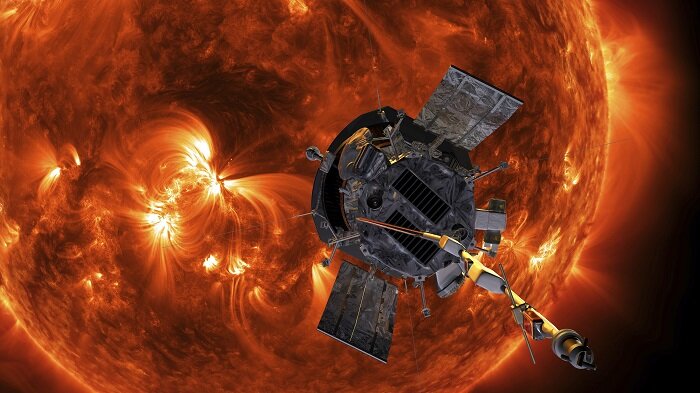NASA launched the spacecraft, Parker, which will travel historically near to the sun’s surface.
The launch took place at Cape Canaveral, Florida, during a 65-minute launch window, starting at 03.33 local time.
NASA used a Delta IV Heavy rocket to take the probe into orbit.Then it will take seven years to complete its mission.
During these years, the probe will move 24 times into the outer layer of the solar atmosphere, in an orbit approximately 6 million kilometres away from the sun’s surface.
“We are going to go where no spacecraft has been before,” said Johns Hopkins University physicist, Nicola Fox, one of the researchers behind the project, to NBC News.
Historical project
During the journey, the spacecraft will reach a speed of more than 720,000 kilometres per hour, making it the fastest man-made object of all time.
The probe is protected by a heavy heat shield.
The 11 centimetre thick shield allows the spacecraft to cope with temperatures at many thousands of degrees without the heat inside the probe itself exceeding 29 degrees.
Pål Brekke, sun researcher and senior advisor for space research coordination at the Norwegian Space Center, described the project as being ’very demanding’.
“Traveling to the sun is more difficult than one would think. It requires 55 times as much energy on firing to reach the sun, compared to the energy required to go to Mars,’’ said Brekke in an email to NTB news.
Could provide important answers
The solar scientist explained that for decades we have studied our nearest star with satellites, but Parker’s planned journey goes into an unexplored area.
It provides unique research opportunities.
‘’The space probe will provide answers to several unresolved mysteries about the sun.Why is the outer atmosphere of the sun much warmer than the surface?
What accelerates the solar wind at speeds of between one and three million kilometres an hour?’’ asked Brekke.
“And how are solar threats triggered, which can harm our technology-based society and break up critical infrastructure?” The Sun Researcher asked if these are the questions NASA wants to answer.
© NTB scanpix / #Norway Today




